Editor's note
Every small improvement of the positive electrode material can bring about a huge improvement in the performance of the lithium ion battery, and of course, it will bring certain difficulty to the material processing.
As a supplier of lithium ions, there are many types of cathode materials, from lithium iron phosphate, lithium manganate, lithium cobaltate, to nickel-cobalt-manganese ternary materials, from low-nickel ternary materials to high nickel content. Ternary materials, from NCM to NCA, from conventional materials to high voltage materials, secondary particles formed from primary particle agglomeration to large single crystal particles, materials with uniform element distribution to core-shell structure, gradient coating Miscellaneous materials... Every small advancement in the positive electrode material can bring about a huge improvement in the performance of lithium-ion batteries. Of course, it will also bring certain difficulties to material processing.
This series will start with the relevant detection methods of cathode materials, and combine the theory with the actual situation to bring you a preliminary understanding of the detection methods of related materials. A preliminary introduction to the detection method of the positive electrode material will be made today.
1. EDS:
The full name is Energy Dispersive Spectrometer. The principle of energy spectrum analysis is that the incident electrons excite the inner layer electrode to generate characteristic X-rays. When the detection probe receives the X-ray signal, the ray signal is converted into an electrical pulse signal, which is amplified by the amplifier. The pulse analyzer combines the pulse signals into different channels, and finally displays the lines on the screen and performs qualitative and quantitative analysis.
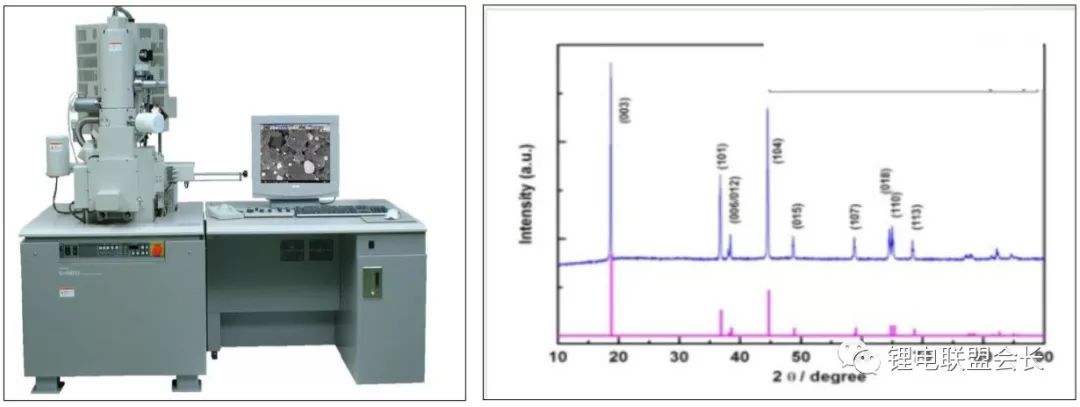
By performing EDS analysis on the ternary material, the mass ratio of the three elements can be obtained to determine the type of material. In addition, EDS technology can also perform surface distribution analysis of elements. The scanning observation device is used to make a two-dimensional scan of the electron beam on the sample, and the intensity of the characteristic X-ray is measured, so that the brightness change corresponding to the intensity is synchronized with the scanning signal. It is displayed on the cathode ray tube CRT, and the image of the two-dimensional distribution of the characteristic X-ray intensity is obtained. Now it has been widely used in the research of doping and coating uniformity of materials.

As can be seen from the above figure, by analyzing the surface distribution of different elements, the distribution of elements can be seen, which has a strong guiding significance for the preparation of materials.
In addition, there are XRF (X-ray fluorescence spectrometer), EDX (referred to as energy scattering X-ray fluorescence spectrometer, also known as EDXRF), and the results analyzed are similar, and will not be described here.
2. Moisture test:
The water content in the material is also an important indicator of concern for battery manufacturers. The length of the drying time and the setting of relevant parameters are now commonly tested by the Karl Fischer method.
The principle is that the Karl Fischer reagent in the electrolytic cell of the instrument is injected into the aqueous sample when the equilibrium is reached, the water participates in the redox reaction of iodine and sulfur dioxide, and in the presence of pyridine and methanol, pyridine hydroiodide and pyridine thiosulfate are formed. The consumed iodine is generated by electrolysis at the anode, so that the redox reaction continues until the water is completely exhausted. According to Faraday's law of electrolysis, the iodine generated by electrolysis is proportional to the amount of electricity consumed during electrolysis, and the reaction is as follows:

After the reaction is completed, the excess free iodine appears reddish brown, which is determined to reach the end point.
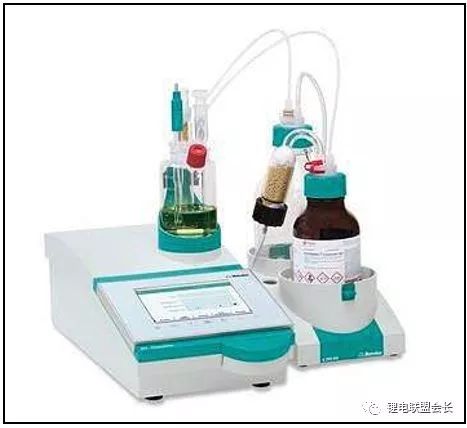
3. pH test:
Generally, a small amount of powder is stirred in deionized water for a period of time, and the pH value can be tested after filtration;
4. Residual alkali content test:
If the alkalinity of the ternary material is too high, it will bring certain difficulty in the process of reprocessing. Therefore, it is necessary to control the residual alkali content of the material, which is generally tested by titration. The substances to be tested are generally lithium hydroxide and carbonic acid. Lithium, a small amount of powder and deionized water are mixed and stirred for a period of time, then filtered, and then titrated, the method is simple and easy.
5. Atomic Absorption Spectrophotometer (AAS):
Metal element analysis is based on the effect of the atomic vapor of the ground state on the characteristic radiation absorption, which is capable of sensitively and reliably determining trace or trace elements. The lithium ion battery cathode material before and after use can be analyzed to determine the content of each element, the content of the element and the metal dissolution. It can also be detected by the ICP-AES method, which has already been described in the related knowledge of the negative electrode, and will not be described in detail here.
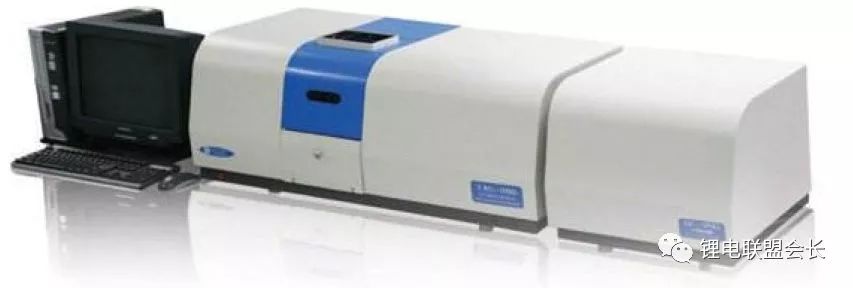
6. Thermal analysis:
1) Thermogravimetric Analysis (TGA):
TGA is a technique for measuring the quality of a sample as a function of temperature or time at a programmed temperature. This technique allows the study of processes such as volatilization or degradation with quality changes. If TGA-MS or TGA-FTIR is used in combination, the volatilized gas can be analyzed to obtain more comprehensive and accurate information.
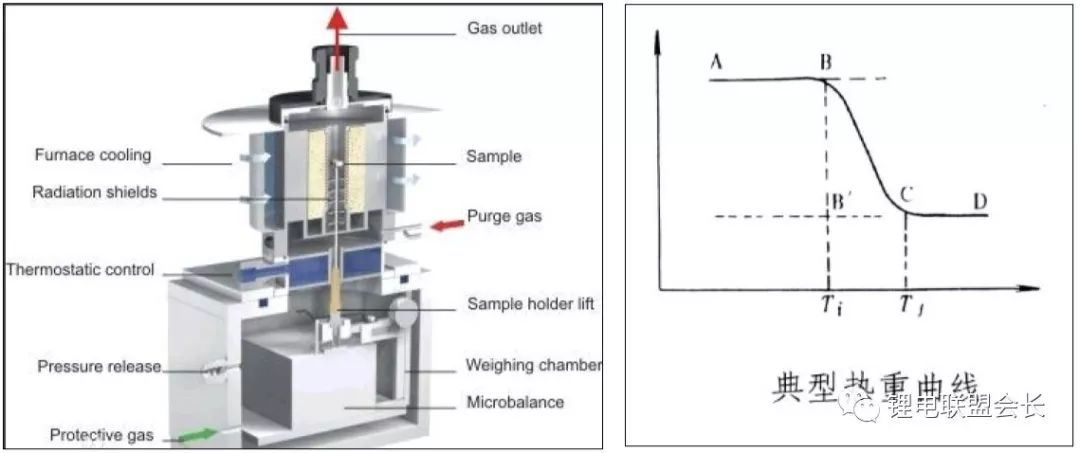
2) Differential scanning calorimetry (DSC), a thermal analysis method:
The relationship between the power difference temperature input to the sample and the reference is measured at the program controlled temperature. The curve recorded by the differential scanning calorimeter is called the DSC curve, which is the rate at which the sample absorbs or exotherms, that is, the heat flow rate dH/dt (units of millijoules per second) is plotted on the ordinate, and the temperature T or time t is horizontal. Coordinates, a variety of thermodynamic and kinetic parameters can be determined, such as specific heat capacity, heat of reaction, heat of transition, phase diagram, reaction rate, crystallization rate, polymer crystallinity, sample purity, and the like.
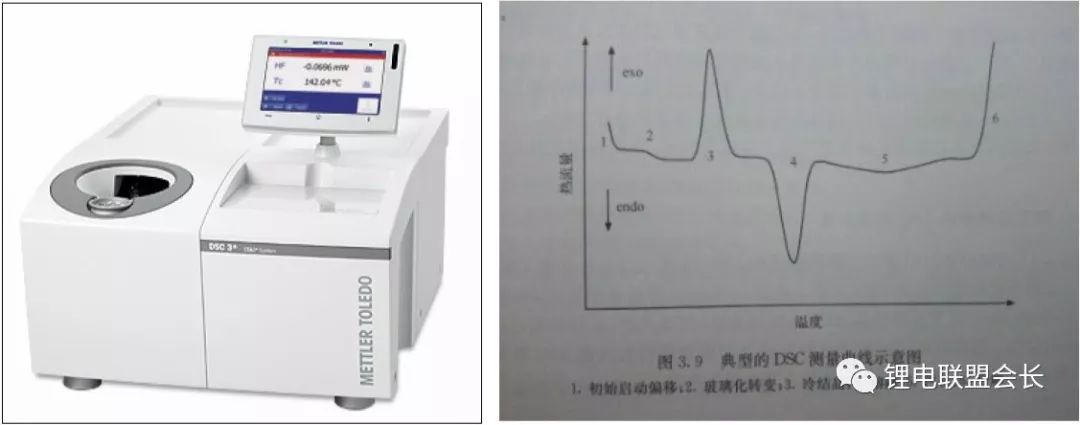
3) Differential Thermal Analysis (DTA):
Comparing any chemical and physical unknowns with a stable substance (reference) that does not undergo any chemical reaction or physical change at a certain experimental temperature and an equal amount of unknowns in the same environment at moderate temperature. The change above is a temporary increase or decrease compared to the temperature of the standard in which it is in the same environment. The decrease is manifested as an endothermic reaction, and the increase is manifested as an exothermic reaction.
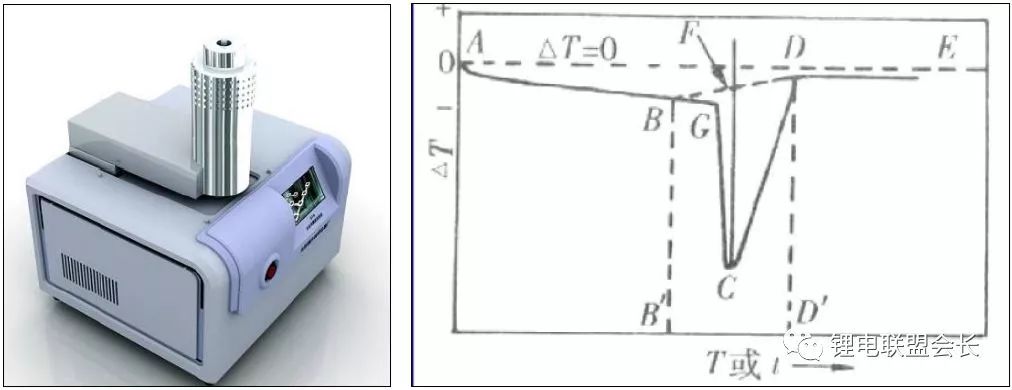
In actual use, several methods often need to be used together to detect the thermal stability of a material.
7. In situ measurement technology:
With the development of science and technology, people began to be dissatisfied with only the final properties of materials, so they began to explore the structural changes of materials as temperature, current, time and other parameters change, which promoted the development of in-situ technology, this technology The evolution process of the material and the failure process can be better seen, thereby promoting the development of the material itself and improving the performance.
1) In situ X-ray microscopy:
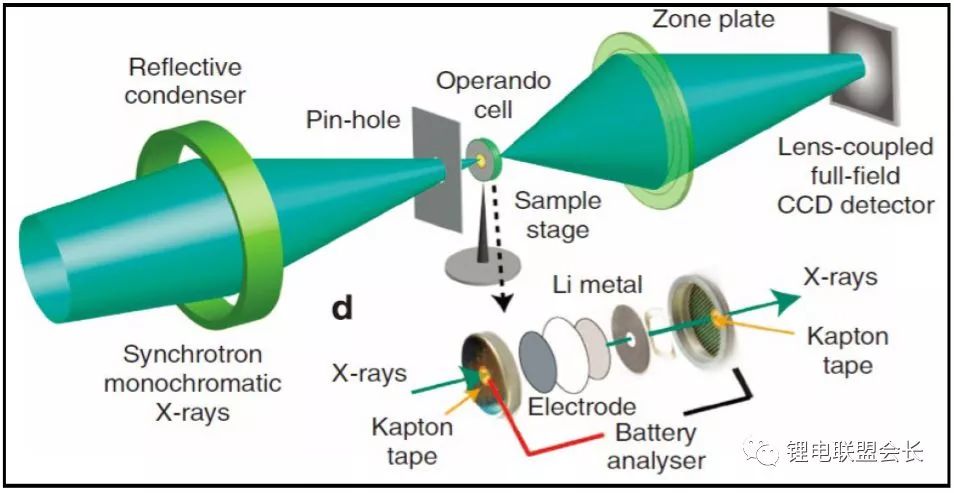
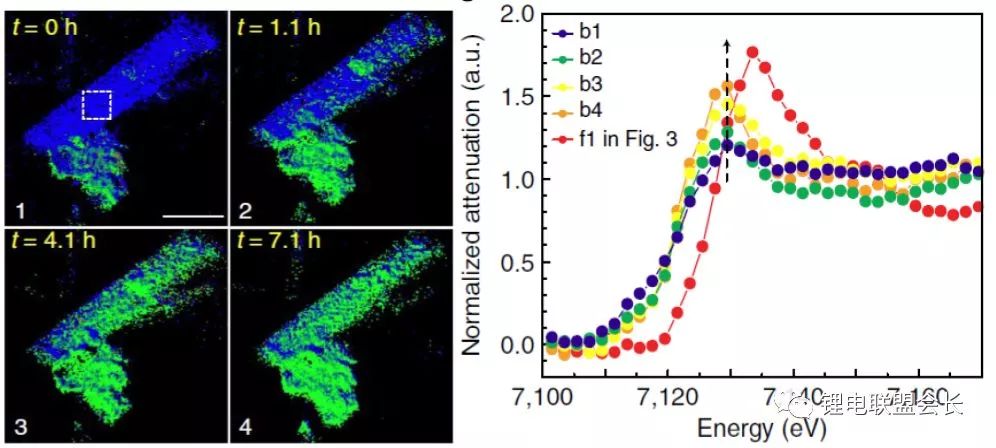
In situ X-ray fluorescence spectrometry can obtain the distribution of lighter elements and valence information. In-situ X-ray microscopy can perform non-destructive microscopic imaging of electrode materials, and at the same time obtain the distribution and valence information of specific elements. The advantage is that they are able to acquire the spectral signals of the microdomains while imaging (Nat. Commun., 6, 6883 (2015)).

The phase change of the material itself is detected under different currents, which brings certain guiding significance to the actual use of the battery. (Advanced Energy Materials 1600597 (2016))
2) In situ X-ray absorption spectrum:
It can detect the change of the valence state of each element of the raw material during charge and discharge, which is also instructive for practical use.
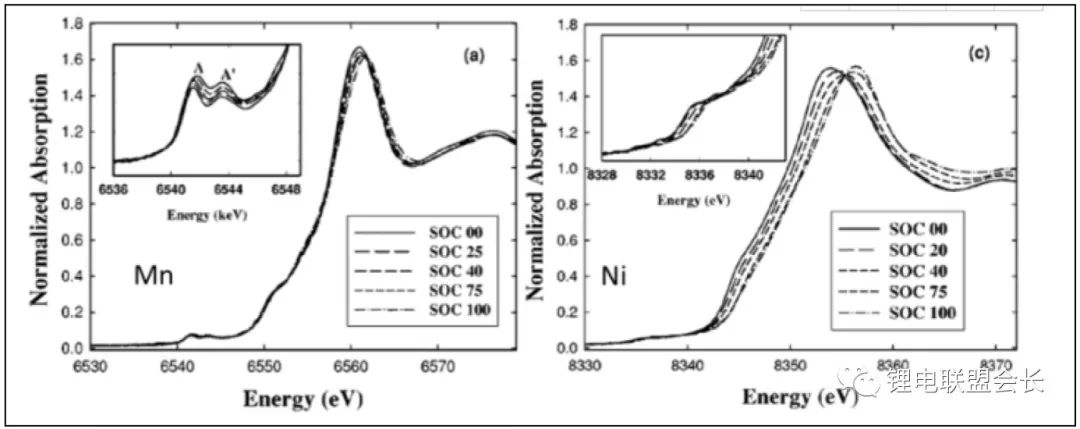
Of course, in-situ technology is not limited to this. Various electron microscopy and probe in-situ techniques have also been widely used, and there are many reports in related literatures.
8. Electrical properties test of materials:
This is familiar to the vast majority of lithium-ion colleagues, capacity, rate, high and low temperature, cycle, power, safety, etc., major companies also have their own test standards and test methods, not too much to introduce here.
summary:
This paper mainly introduces some characterization methods of cathode materials. It should be noted that the performance of materials is comprehensively analyzed through comprehensive test indicators. It is not possible to judge the quality of a material through a single indicator. I believe that with the development of technology More and more advanced characterization methods will also go out of scientific research institutions and enter the lithium-ion enterprises, and the understanding of the materials themselves will gradually deepen.
The company adheres to the management policy of "seeking truth and dedication" and a strict quality assurance system. In the new century, we will follow the tenet of "innovation, progress and rigor" and a forge ahead enterprise with "excellent quality and excellence". Spirit, the supreme product, add wings to your enterprise take off. Carefully do a good job of each product, the highest quality, and integrate a dedicated attitude, dedicated spirit, skilled practice, and good reputation into the details of the service.
High Voltage Connector,High Voltage Terminal Wire Connectors,High Voltage Terminal Connectors,High Voltage Terminal Connector Terminal
Sichuan Xinlian electronic science and technology Company , https://www.sztmlchs.com